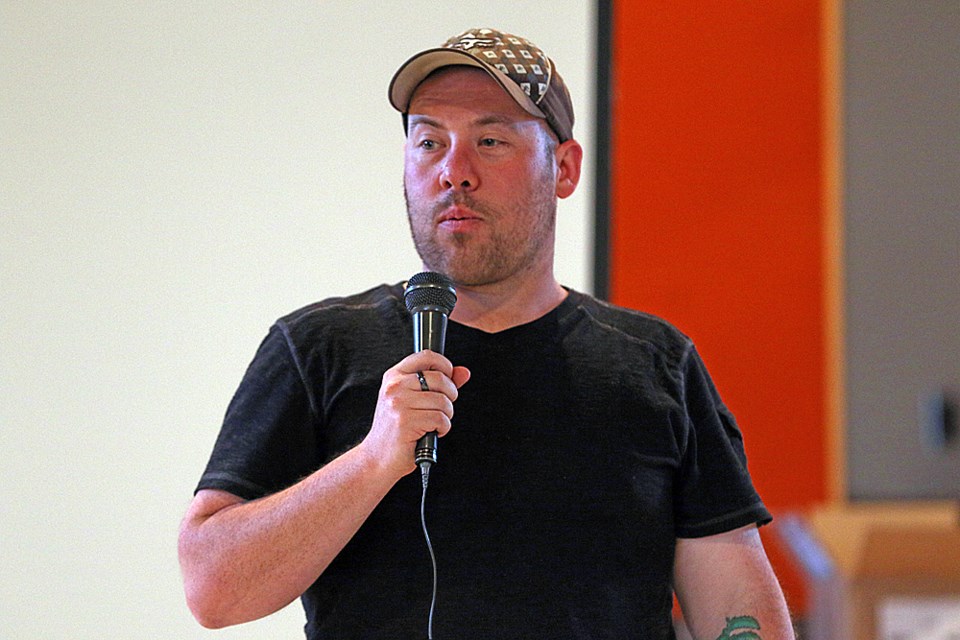A gardening guru who’s a CBC columnist and an author came to Melfort to give suggestions on how local gardeners could fill those shady spots.
Lyndon Penner, who grew up in a town north of Saskatoon, spoke at an event hosted by the Tamarack Garden Club May 11.
“I think this is a timely sort of topic because,” he said, “we have a lot a more shade than in times past. A lot of gardeners come to me and say, ‘I’m really struggling with the fact that my neighbours have planted big trees,’ or, we have a big wall,’ or whatever the case may be. They’re just not getting the sun.”
Terry Sparks, the president of the club, said her organization chose that subject from a whole bunch of topics.
“I sent them out to the club and the club voted on which one and the majority went with this topic. Everybody has shade that’s difficult to plant.”
The visit from Penner was a fundraiser for the club. Sparks and Penner knew each other through Bill Boughen of Nipawin, who was a nurseryman and horticulturalist. This is the second time Penner spoke to the club; two years ago he spoke about using indigenous plants.
To choose the plants he suggested in the presentation, Penner started with what he liked to use.
“I just went through a list of what do I like to grow and what would be the more unusual things that I use in landscape designs,” he said. “I always try to include at least one indigenous plant in every talk that I do – I’m very much an advocate for growing and using native plants.”
Most of the plants he suggested came from forests – areas where there’s naturally lots of shade. The problem is many of those forest plants either take a long time to grow from seed, don’t like to be transplanted or they tend to go dormant at times.
The other caveat: it’s hard to grow plants under a spruce, not because their needles acidify the soils – that’s a myth – but because they have evolved to outcompete other plants, taking away all of the water and nutrients they would need to grow.
The plants he suggested included baneberry, arisaema triphyllum (jack-in-the-pulpit), goatsbeard, wild ginger (asarum canadense), asarum maximum, celandine, lady slippers (which are not common and expensive), fairy bells, forest grass, hepatica, martagon lily, blue poppy, Welsh poppy, mayapple, golden millet, bloodroot, trillium and wood poppy.
Some of these plants can be hard for the gardener to find at the local nursery.
“The best thing I can say is we now live in the age of the Internet and that is enormously valuable if you are a gardener,” Penner said. “If there is a plant that you want, there is somebody in Canada that will sell it to you.”
For some of the plants, there’s another option.
“If you know where those plants grow, you can collect seed from them yourself and I always tell people: do not dig plants from the wild.”
That’s because most of them have deep root systems, don’t like being transplanted and will die. Yet it can be easier to collect seeds from something like the baneberry.
“The trade-off of that is time and because we live in a society that’s all about instant gratification,” Penner said. “If you tell people you can grow it from seed but it will be four years before it looks like anything, nobody’s happy with that.”
Yet there’s some value in being able to say that you’ve propagated a plant from a seed and waited for it to grow, the gardener said.
Sparks said the presentation was useful to her.
“He always shows us such different, interesting things so the next thing I’ll do is look for some of those new plants to try in the garden.”




